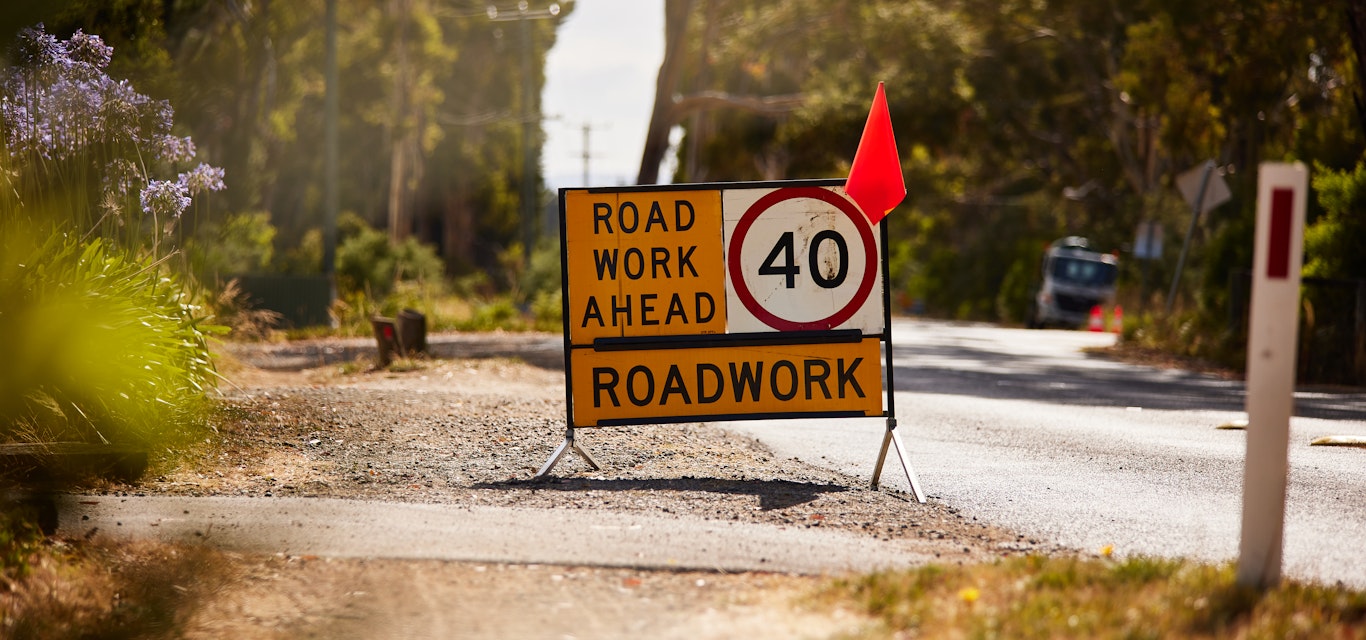Your views Apr/May 2022
Our readers share their thoughts on speeding, highway upgrades, signs and more.
What's an acceptable speed?
As a 69-year-old motorcyclist, my open-road speed of 95–98km/h is apparently just not acceptable these days, judging by the number of tailgaters that I attract. My age, reflexes and common sense dictate that I obey the law. On many occasions I pull over to let the urgent speedsters in their utes and SUVs get out of my mirrors and race away. It would appear that the speed limit on the open road is the generally accepted slowest pace that we should drive at. The only way to stop this is by speed traps and highway patrols. Please make no mistake – the only way speeding will slow down is when it becomes a very heavy financial impost, because until then, people don’t really care, as there generally are no consequences.
Steve Willett, Spring Beach
Reviewing speed limits
Adhering to speed limits requires respect for those limits in that they are fair and logical. For example: Why is the 100km/h speed limit for the nearby Bass Highway the same as for our narrow and bendy rural road? Either the highway limit is too low or the rural road limit too high. Both cannot be right. How can a loaded truck and trailer be considered safe at 100km/h when it cannot possibly stop in the same distance as a passenger vehicle? Limiting trucks to 90km/h would enhance safety for all road users.
Mike Buky, Rocky Cape
Midland Highway upgrades
Will this upgrade include four lanes with a camber and thicker road surface and with longer entrances and exit lanes, and cycling lanes? If not, send them back to the drawing board. These past upgrades are not up to the requirements for today’s traffic conditions; road thickness needs to be at least 70–80mm which is the thickness on the autobahn. The traffic and trucks are not the problem, it is road construction – and the lack of it. Nor the contractors, it is the tender system and not what is required.
Rodney Chilcott (via Facebook)
Signs
In response
In response to ‘Lessons on Safety from Switzerland’ (Journeys Dec 21–Jan 22), firstly I agree on the importance of good road design and signage. Both those aspects clearly need more effort in Tasmania. I must, however, strongly disagree with the expressed ideas that on Tasmania’s highways, “might is right ... most country roads should have an 80 limit”. As a parent, grandparent and responsible driver I am deeply concerned about road safety. Yet I must write against everdecreasing speed limits on roads outside built-up areas. Our fairly long drive distances and decent major highways require limits of 100 or 110 to mitigate against inattention, fatigue and frustration. It is folly to think while driving, ‘I’m driving slowly in a newish car, so everything is fine’. Together with improved car-crash safety and roadlaw enforcement, it is just as important to be an active and perceptive driver with a defensive mentality. A driver who will not allow sat nav screens, mobile phones or other distractions to interfere with their key responsibility – to conduct a dangerous, everyday task with care and merit.
John Voss (via email)
Spot the signs
Most roundabouts are easy to spot and navigate but unfortunately that’s not always the case. The most recently built roundabout at Prospect Vale, when approaching from the east, is well-hidden around a blind corner so, unless you are familiar with the area, it is an accident waiting to happen for poor unsuspecting travellers. This could be easily avoided if some common sense was applied to signage. The only sign warning of the roundabout is a small one right on the roundabout itself – too late to slow to an appropriate speed to navigate it safely.The second dangerous roundabout signage is at the new roundabout at the southern end of Perth. Approaching from the west, the speed sign slows you down to 80km/h to navigate the roundabout. As the approach is on a downhill slope and the roundabout is not clearly visible from a distance, heavy vehicles struggle to slow quickly enough before entering the roundabout. It is clear that no one has accurately assessed each roundabout approach prior to placing these signs. One size does not fit all.
Virginia Smith, Summerhill
Want to have your say?
We'd love to hear your views on any motoring or travel-related topics.

